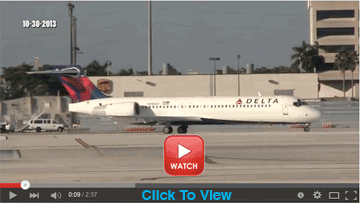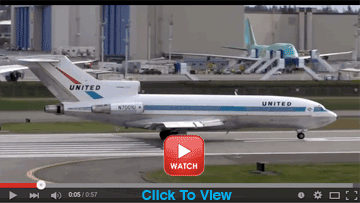 |
 |
 #INTHEAIREVERYWHERE |
| Vol. 15 No. 20 | Wednesday
March 9, 2016 |
The
picture of a heavy bag containing the 2016-17 Indian
Budget being handled by Parliament staff, which bannered
our March 2, 2016, FlyingTypers issue, was
indeed a telling one. Slow Budget Action Single Window So,
what prevented Indian Finance Minister Arun Jaitley
from providing incentives to boost the sector? What Future Airports? Other
than the reduction in dwell time, the air cargo community
would probably benefit—of course, when it does
happen—from the revival of unserved and under-served
airports in the country. What
has come as a big dampener is the excessive increase
in the already expensive excise duty levied on aviation
turbine fuel (ATF). For the record, carriers made
profits with the lower cost of ATF, with airfares in
2015 15-20 percent lower than those in 2014. |
|
FlyingTypers
continues its groundbreaking series covering the courageous
and pioneering women of air cargo and aviation with
a look back at pioneering aviatrix Bessie Coleman.
Eventually,
Queen Bess made enough money to purchase her own plane:
a rather old Curtiss JN-4. It was only a few days after
she received the plane that it stalled at 300 feet and
nose-dived, crashing into the ground. With broken ribs,
a broken leg, and several lacerations, Bessie was relegated
to a hospital bed for 3 months. |
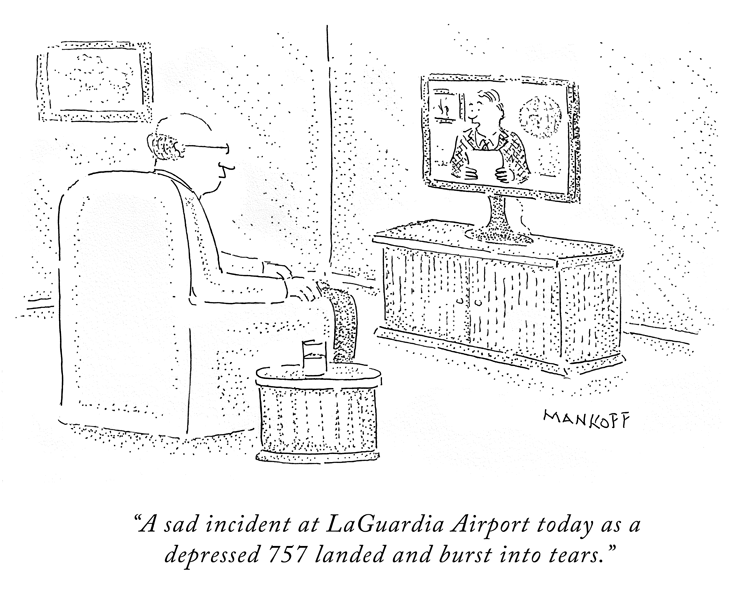 |
 |
|
It’s
hard not to fall in love with the annual JFK International
Airport “Air Cargo Association Expo,” held
at Russo’s On The Bay near the main runways of
the southern Queens facility in New York City. Transportation
alums gather in Howard Beach, Queens, on March 31, 2016
all day from 08:00 until 17:00 hours. Bag,
Tags, & Water Bottles Cool
Chain On Ice Bottom
Line |
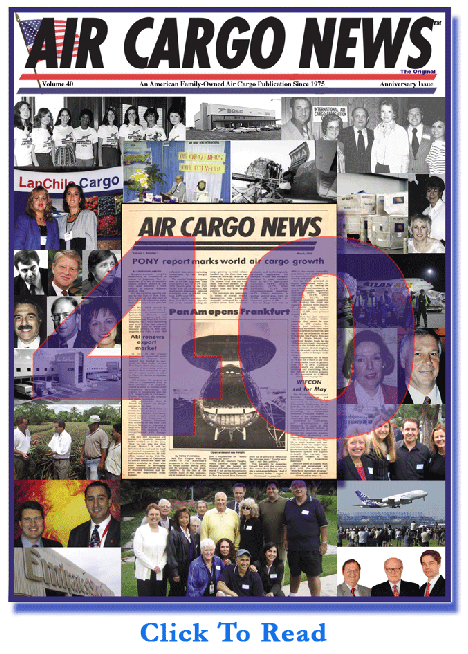 |
If
You Missed Any Of The Previous 3 Issues Of FlyingTypers
Access complete issue by clicking on issue icon or Access specific articles by clicking on article title |
||
 Vol. 15 No. 17 Carmen Taylor Unplugged Chuckles For March 1, 2016 5/20 Or Fight A Brief Conversation With Duncan Watson A Leap Of Faith |
 Vol. 15 No. 18 India Buried Under The Weight Where Are We Now? View From A Fish Eye Chuckles For March 2, 2016 Nagpur SEZ MIHAN Over The Moon |
|
Publisher-Geoffrey
Arend • Managing Editor-Flossie Arend • Film Editor-Ralph Arend • Special Assignments-Sabiha Arend, Emily Arend • Advertising Sales-Judy Miller |
|



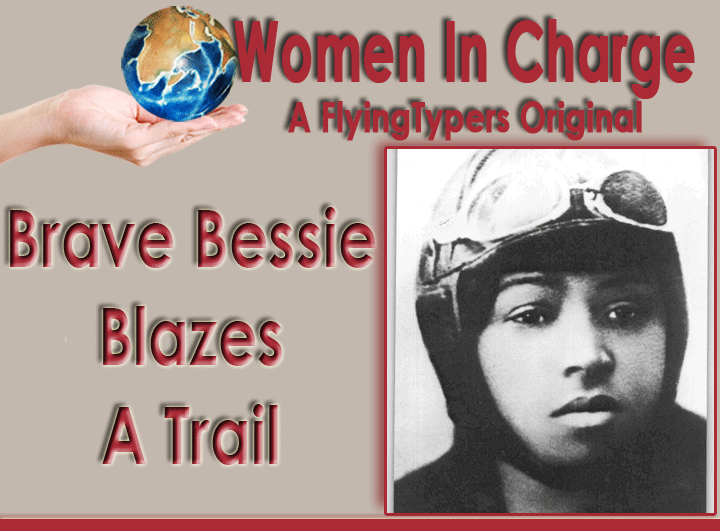
 On April 30, 1926, Bessie
and her mechanic William D. Wills boarded her new plane
to rehearse for a May Day air show the following day.
The pièce de résistance of her act was
to be a daring parachute jump from 2,500 feet. Wills
was piloting the plane when it fell into a tailspin
and flipped upside down. Bessie was not wearing her
seat belt and tragically fell out of the plane to her
death. Wills tried but could not regain control of the
plane and also lost his life.
On April 30, 1926, Bessie
and her mechanic William D. Wills boarded her new plane
to rehearse for a May Day air show the following day.
The pièce de résistance of her act was
to be a daring parachute jump from 2,500 feet. Wills
was piloting the plane when it fell into a tailspin
and flipped upside down. Bessie was not wearing her
seat belt and tragically fell out of the plane to her
death. Wills tried but could not regain control of the
plane and also lost his life. 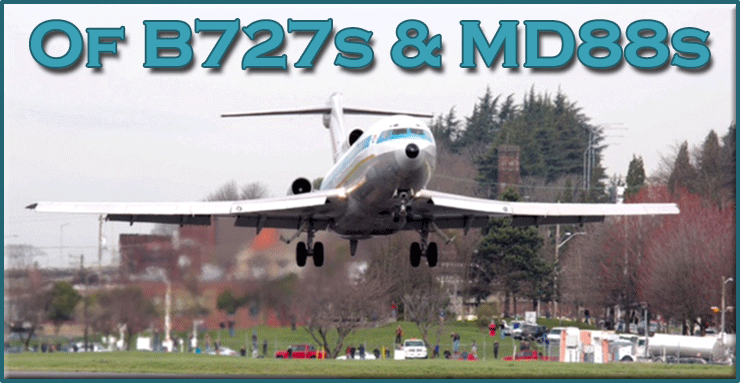
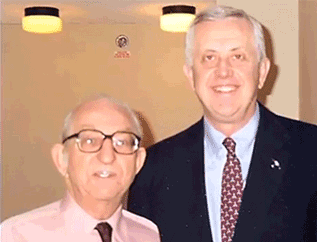 A little known highlight in all of this is something
my friend and colleague, the late REG Davies, (pictured
here) told me.
A little known highlight in all of this is something
my friend and colleague, the late REG Davies, (pictured
here) told me.